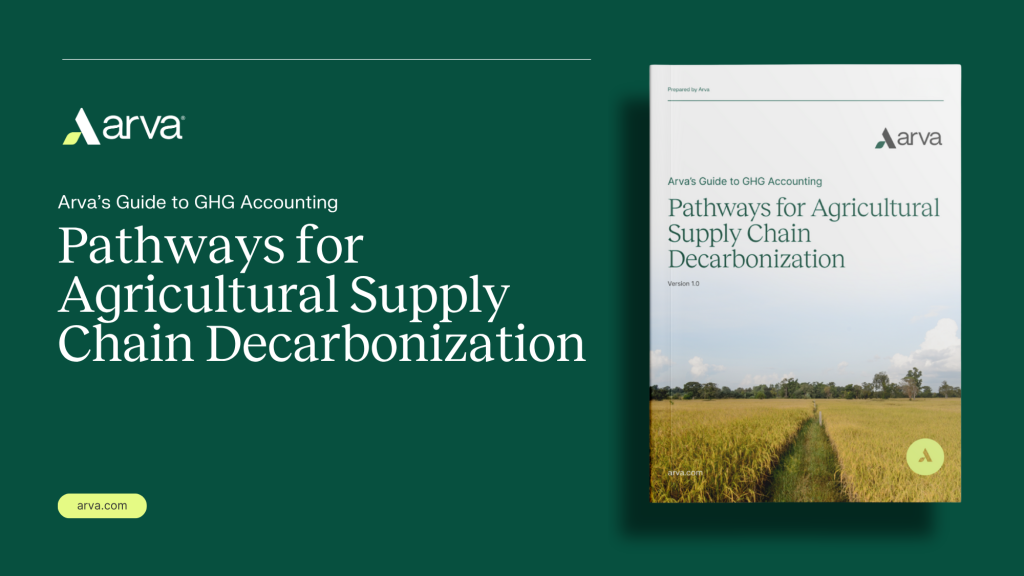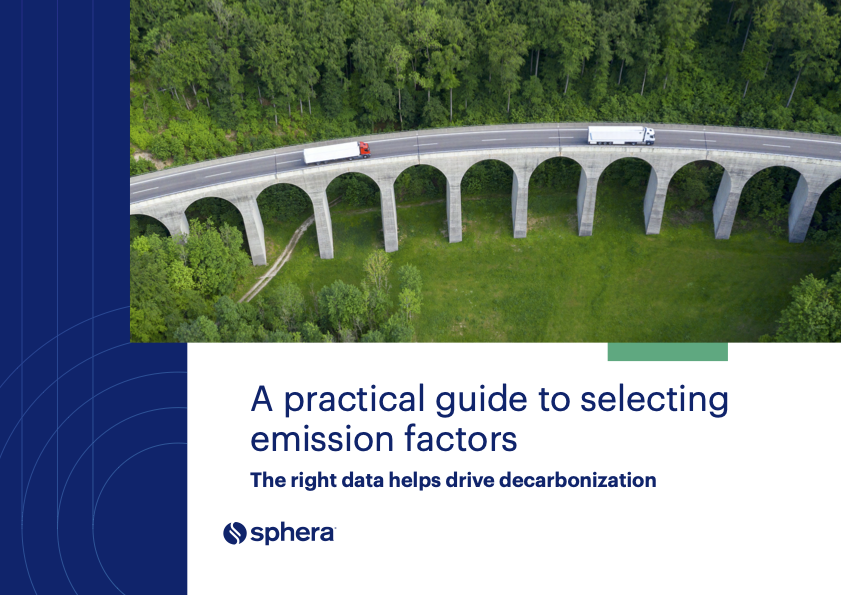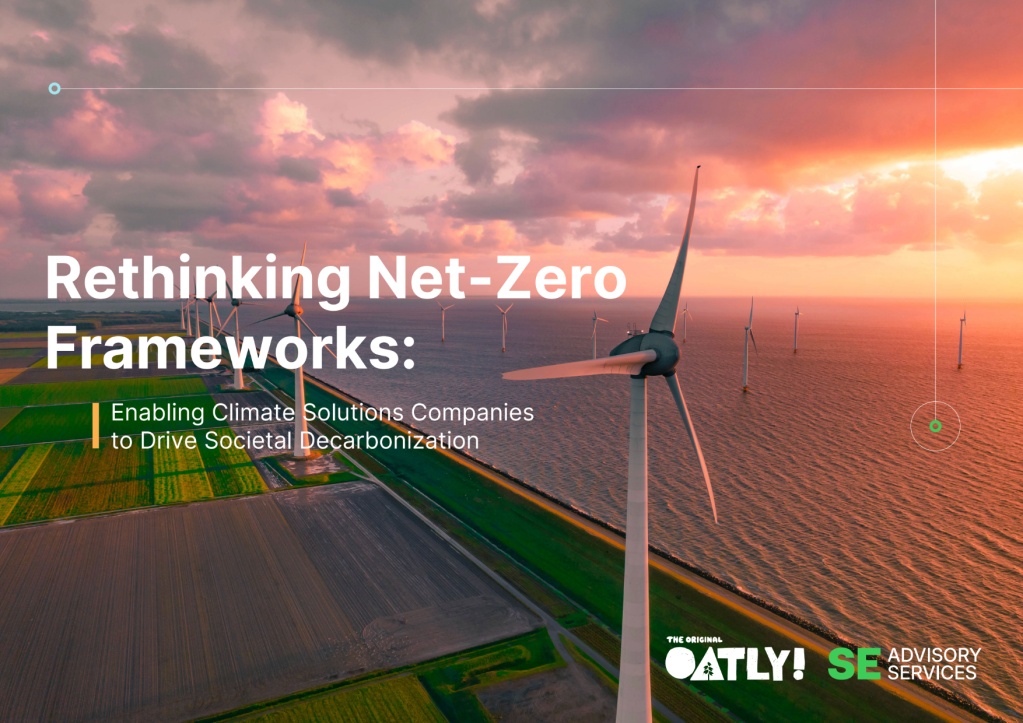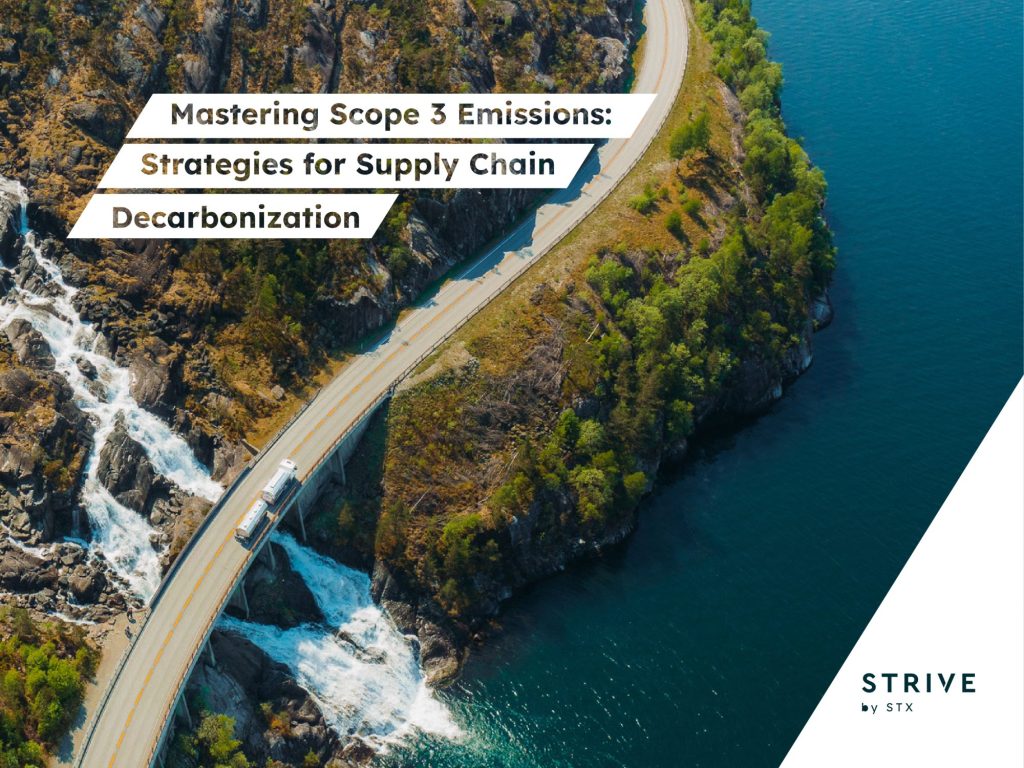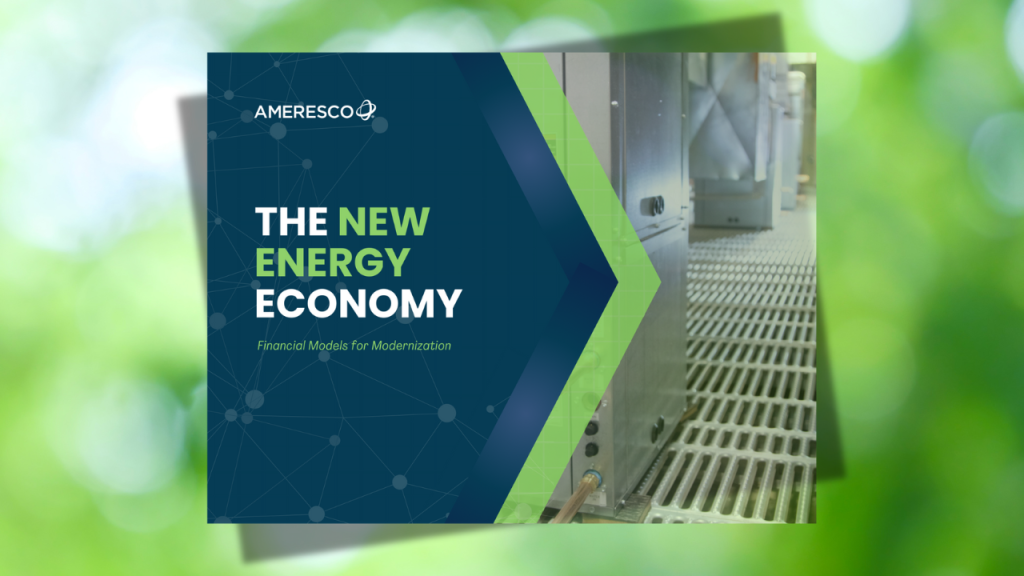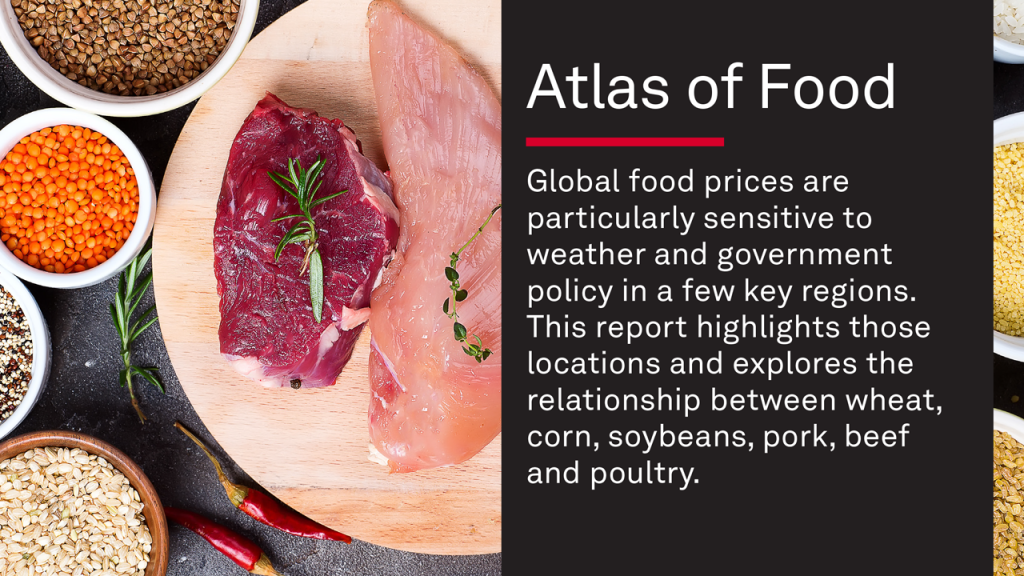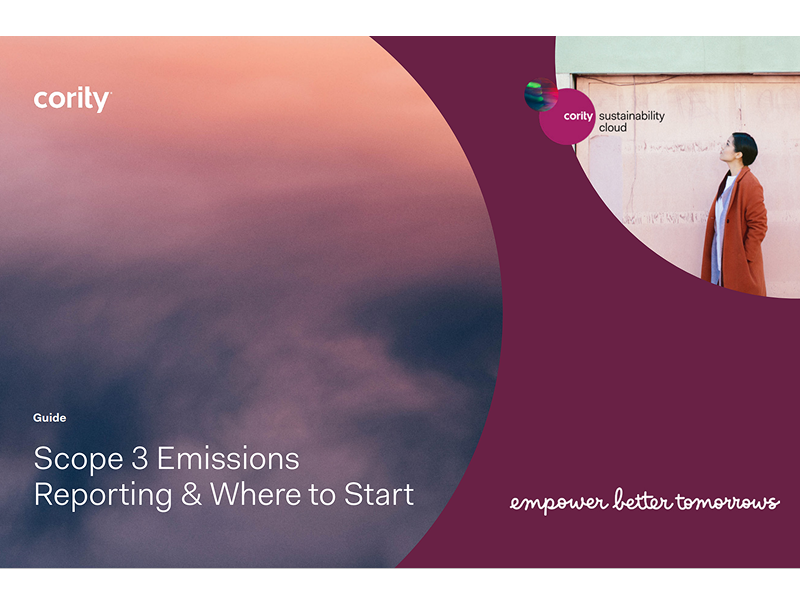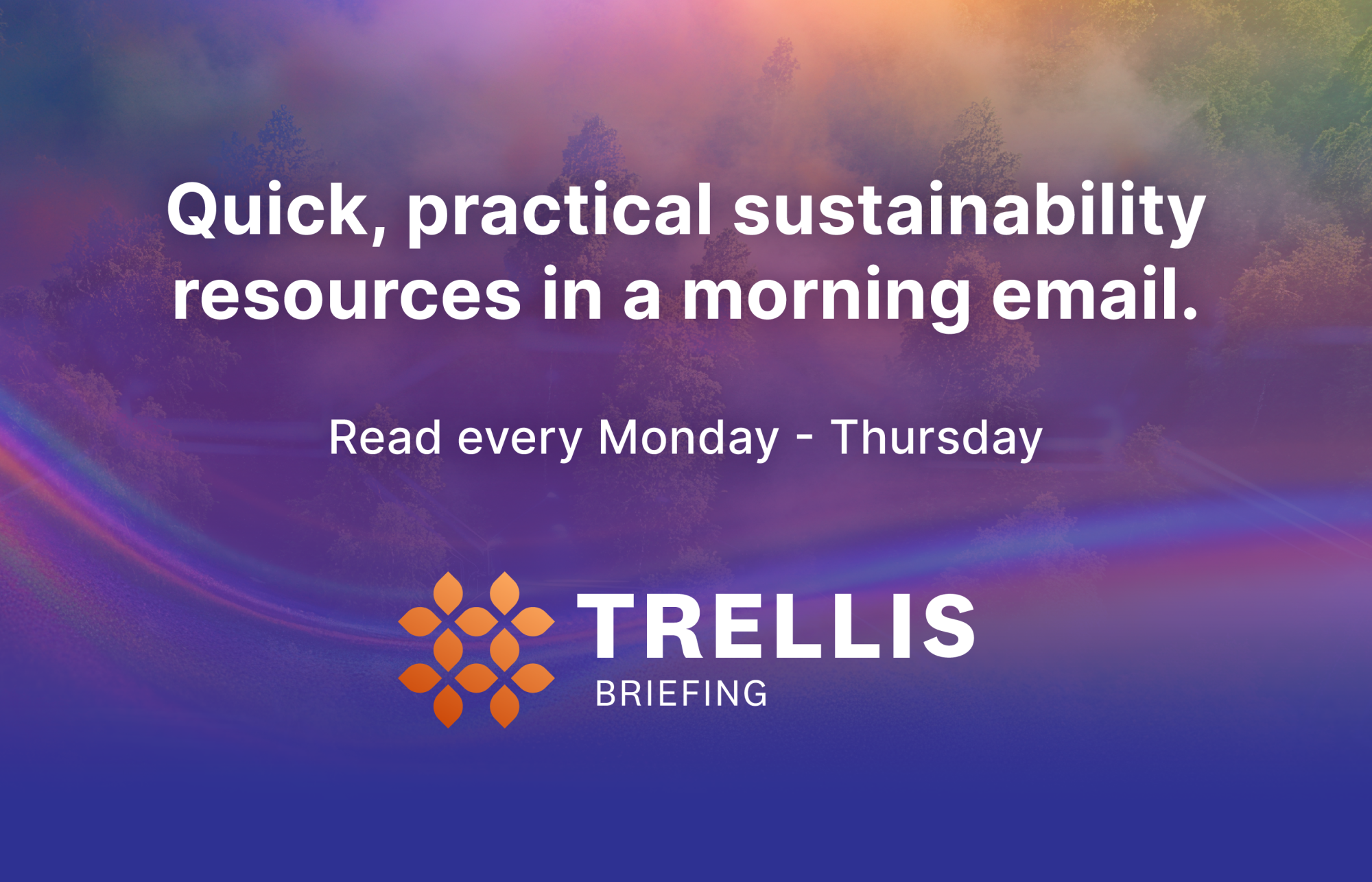9 meaningful movie nights for the sustainability-minded
Need a distraction while you stay focused? Here's a Trellis-tailored collection of live-action, animated and documentary films that are more than worth their watch times. Read More

The potential impacts of unchecked climate change — flooding, drought, resource scarcity, even lawlessness — are certainly familiar to Trellis readers. But seeing such catastrophes actually unfold provides a deeper perspective, highlighting how individuals and societies might cope — or not! — under the strain of environmental collapse.
With that in mind, we’ve curated nine films that professionals in the sustainability field are bound to enjoy — or at least enjoy hate-watching. Are we suggesting a screening for your next offsite? Not necessarily. Would we show up? We look forward to the e-vite.
‘Mad Max’
For those unfamiliar with this Mel Gibson-before-he-lost-it classic from 1979, a quick catch-up: Max is a former policeman navigating a lawless society in a world ravaged by ecological collapse and resource scarcity. At its core, “Mad Max” asks what happens when communal guardrails vanish and violence reigns, ultimately standing as a warning about the fragility of society. Gritty and iconic, a little funny and a lot terrifying, the movie once held the Guinness World Record for the highest box-office-to-budget ratio.
‘Waterworld’
Upon its release in 1995, “Waterworld” was the most expensive movie made (budget: $175 million) — and a box office flop. (Then again, so was “The Wizard of Oz.”) But even if you’re not a Kevin Costner fan, this action-packed thriller is worth a watch. Set in a future in which the ocean has submerged most of the planet, the film follows a mutant survivor who encounters all sorts of obstacles as he seeks dry land. In a nutshell: Resources are scant, refuge is elusive and the argument for fighting rising sea levels at all costs is clear and convincing.
‘WALL-E’
As charming as it is sobering, Pixar’s “WALL-E” (2008) follows the eponymous robot as he dutifully tries to clean up an Earth destroyed by waste. After stumbling upon remnants of human life, he’s taken on an eye-opening galactic journey. With minimal dialogue —but a lot of beeping and booping — and powerful imagery, this family-friendly multiple-Oscar winner delivers a harsh message about climate change in a gentle manner suitable for even the youngest viewers.
‘The Age of Stupid’
On a planet that lies in ruins, a lone archivist reflects on why humans failed to act when they still had the chance. This 2009 blend of documentary footage, dramatized accounts and animation draws a clear line between today’s decisions today and tomorrow’s consequences, reminding viewers that the window for meaningful change is finite. In the words of one Financial Times reviewer, “The Age of Stupid” offers “the wisdom of hindsight, today.”
‘Snowpiercer’
After a failed climate intervention leaves the world frozen, the last survivors find shelter aboard a perpetually moving train segregated by class. When the lowest rung of humans decides to take over the elite’s front car, things take a revolutionary turn. “Snowpiercer” uses its dystopian setting to explore a present truth: that climate disasters often deepen existing societal divides. Visually striking and thematically bold, the 2013 film challenges viewers to question who should hold the power when the world stops turning. Wrote The New York Times in its review: “Planetary destruction and human extinction happen a half-dozen times every summer. It’s rarely this refreshing, though.”
‘Don’t Look Up’
Two astronomers discover an impending, literally Earth-shattering disaster and set about spreading the word — only to be met with apathy and disdain. The star-studded cast (Leo! JLaw! Streep!) of “Don’t Look Up” (2021)adroitly dramatizes the consequences of ignoring such urgent real-life issues as climate change denial and media sensationalism, wrapping a now-or-never call to action in an edge-of-your-seat story.
‘How to Blow Up a Pipeline’
This Independent Spirit Awards winner (for best editing) from 2022 follows a group of young activists as they plan to sabotage fossil fuel infrastructure. Through the lens of radical action, “How to Blow Up a Pipeline” communicates the gravity of the climate crisis, particularly as perceived by our youth. Inspired by understandable real-world frustration with institutional inaction, it raises controversial yet compelling questions about civil disobedience, violence and environmental justice.
‘The End We Start From’
Set in a near-future London submerged by catastrophic flooding, “The End We Start From” (2023) follows a new mother fighting for her baby’s survival. As infrastructure collapses, her journey turns into a personal tale about the quiet ferocity of motherhood. The movie received nine nominations at the 2023 British Independent Film Awards, a testament to its emotional depth and atmospheric storytelling.
‘Flow’
In this animated, wordless odyssey from 2024, a cat navigates another post-apocalyptic, submerged world. Crisis, in the movies at least, often makes for strange bedfellows, and along the way our protagonist finds companionship in a dog, a lemur, a capybara and a bird. Together they drift past drowned cities and tangled ruins, the destruction stunningly rendered. “Flow,” infused with feelings of cooperation and resilience, earned an Oscar, the first Latvian movie to do so.

Subscribe to Trellis Briefing
Featured Reports

The Premier Event for Sustainable Business Leaders




